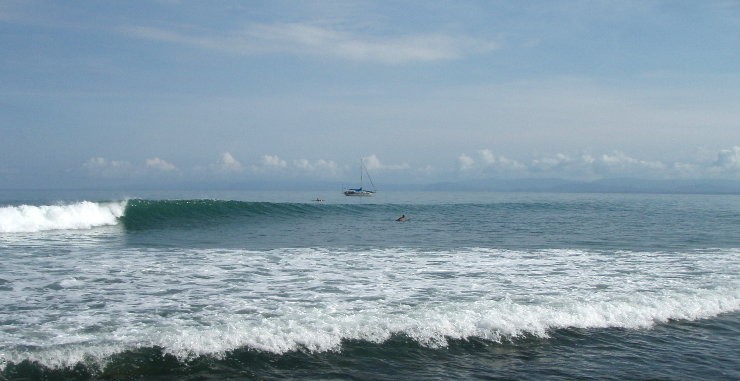So, you dream of gliding across the ocean, carving turns on a wave? Learning to surf can be an incredible journey, but it takes dedication and the right approach. This guide will break down the process, offering actionable steps to help you transform from a beginner to a confident surfer.
Understanding the Learning Curve
Many aspiring surfers struggle, especially after initial lessons. The structured environment of a lesson provides support, but transitioning to solo surfing presents new challenges. Understanding the learning process and setting realistic expectations is crucial.
The Path to Surfing Proficiency:
- Master the Basics in Whitewater: Focus on perfecting your pop-up and stance in the broken waves close to shore. High wave count in whitewater allows for repetition and builds foundational skills. Don’t rush this phase.
- Conquer Small Green Waves: Gradually move to unbroken “reforms” in the shorebreak or small green waves further out. Learn to angle your board and ride across the wave face.
- Become a Surf Forecaster: Learn to read surf reports and identify conditions suitable for beginners. Knowing when and where to find the right waves will accelerate your progress.
- Decipher the Surf Spot: Understand how to read a surf break, identifying where waves peak, potential hazards, and the optimal paddle-out route. Practice efficient paddling techniques.
- Tackle Bigger Green Waves: Venture further out and start catching larger unbroken waves. Focus on wave positioning and timing, aiming to catch waves early before they become too steep.
- Persistence Pays Off: Consistent practice improves paddle fitness, wave count, and riding skills. Stick with it and the fun truly begins!
Finding the Right Waves: Your Learning Playground
Choosing the right waves for your skill level is paramount. Avoid surfing in conditions that are too challenging. Instead, seek out waves that match your abilities.
Ideal Waves for Beginners:
- Gentle, Rolling Waves: Look for waves that break slowly, offering more time to get to your feet and practice maneuvers.
- Longboarding Waves: Longer waves provide extended rides, allowing you to experiment with turning and trimming.
- Smaller Wave Heights: Start with waves that are knee-high to waist-high. Gradually increase the size as your confidence and skills grow.
- User-Friendly Surf Breaks: Choose beaches with clearly defined peaks and channels for easier paddling. Reef breaks can be suitable for beginners if they offer a safe channel.
Maintaining Momentum: Consistency is Key
Sporadic surfing sessions hinder progress. Aim for consistent practice, ideally surfing at least twice a month, to build and maintain essential skills.
Why Regularity Matters:
- Paddle Fitness: Surfing demands specific paddling muscles. Regular sessions develop and maintain the necessary endurance.
- Ocean Awareness: Consistent exposure to the ocean helps you understand changing wave conditions and the nuances of different surf spots.
Gear Up for Success: Investing in Your Surfing Journey
Owning your own surfboard and wetsuit is a significant step. It demonstrates commitment and allows for more frequent practice.
Choosing the Right Gear:
- Beginner Surfboard: Prioritize volume over performance. A larger, stable board will make learning easier. Consider used boards to save money. Look for brands like NSP and TORQ, which often have beginner-friendly shapes.
- Quality Wetsuit: Invest in a good quality wetsuit suitable for your local water temperatures. A 4/3mm wetsuit provides warmth for year-round surfing in colder climates.
Elevate Your Learning: The Surf Trip Advantage
Immerse yourself in surfing by taking a trip to a beginner-friendly surf destination. Consistent waves and ideal conditions can accelerate your learning.
Characteristics of a World-Class Beginner Spot:
- Easy Paddle-out Channel: Avoid exhausting paddles through breaking waves.
- Defined Peaks: Predictable wave breaking allows for better positioning.
- Spilling Waves: Gentle breaking waves provide more time to react.
- Long Rides: Extend your practice time and develop turning skills.
- Consistent Conditions: Maximize learning with reliable waves day after day.
Conclusion: Ride the Wave of Progress
Learning to surf is a process, but with the right approach, you can achieve your surfing goals. Embrace the journey, focus on consistent practice, and seek out opportunities to improve your skills. Remember, patience and persistence are key. So, grab your board, paddle out, and enjoy the ride!
